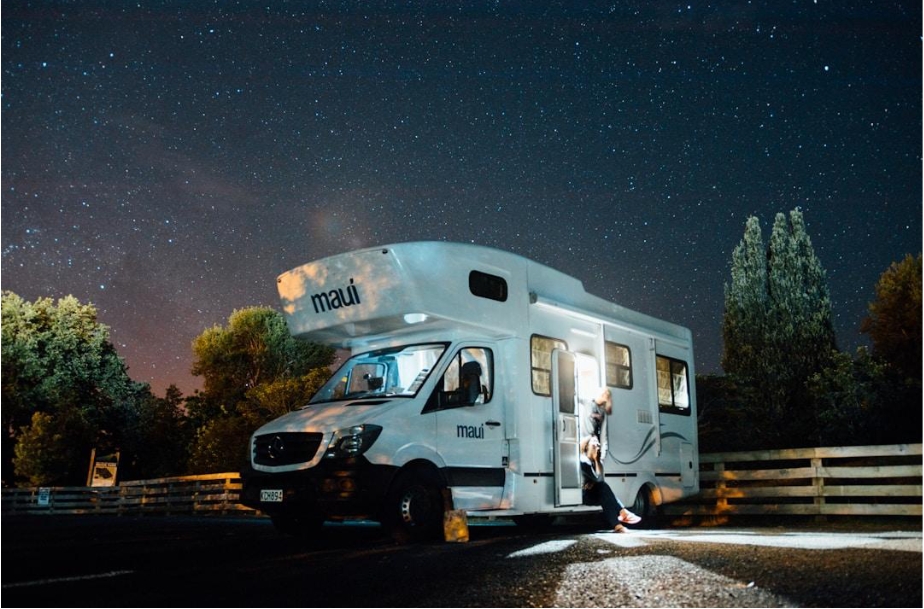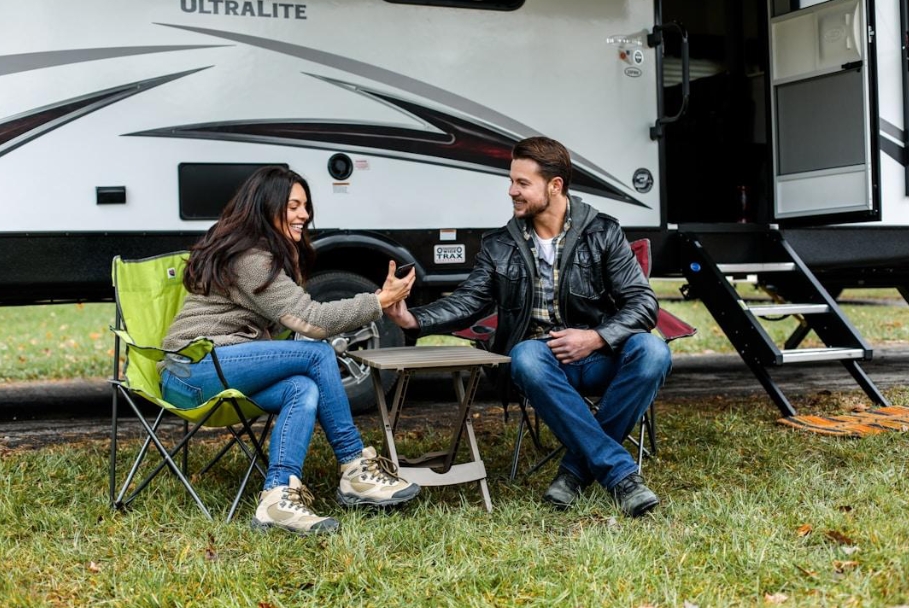Embarking on a journey with your recreational vehicle (RV) promises freedom and adventure, but it also entails a significant investment that should be protected. A warranty for your motorhome is akin to a safety net, catching unexpected issues and repairs that can arise when you’re miles from home. Understanding the different types of warranties and what they cover is essential for every RV owner. From the mechanical complexities to the daily wear and tear, an RV warranty can provide peace of mind on the open road. Keep reading to delve deeper into the nuances of RV warranty coverage and how it can benefit your travels.
Understanding RV Warranty Coverage: What It Is and Why It Matters

RV warranty coverage helps protect owners from expensive repairs caused by manufacturing defects or system failures. Since RVs combine vehicle and home elements, fixing them can get complicated and costly. A warranty eases this burden by covering repairs or replacements, often including perks like roadside assistance or trip interruption support.
Even seasoned DIY RV owners may face issues that need expert help, especially with proprietary systems. With so many RV types and varying needs, warranty coverage offers adaptable protection that ensures peace of mind. Investing in RV warranty coverage is a smart move for any traveler wanting to avoid unexpected repair bills.
Types of RV Warranties: Manufacturer vs. Extended Service Plans
Manufacturer warranties are the initial coverage provided with a new RV, covering defects related to the manufacturing process or materials used. They last for a specified number of miles or time period and ensure the manufacturer takes responsibility for repairs or replacements.
After the warranty expires, RV owners often consider purchasing an extended service plan, which is optional and offers coverage for a longer period. Extended service plans can be customized with different levels of coverage and deductibles, offering flexibility based on the owner’s needs and budget. The decision to purchase an extended service plan depends on the cost, potential repairs, risk tolerance, and the reputation of the service plan provider.
What Does RV Warranty Coverage Typically Include?
RV warranty coverage covers various components, including drivetrain parts, plumbing systems, and interior components like appliances, heating and cooling systems, and electrical systems. Manufacturer warranties typically cover the powertrain, which includes the engine, transmission, and drive axles, which are the most expensive to repair.
Interior components like appliances, heating and cooling systems, and electrical systems can also be covered. Each warranty has its specifics, and owners should understand what their warranty covers to avoid surprises during repairs. Optional coverage can be added for items like slide-outs, levelers, and seals and gaskets, which are susceptible to wear and tear.
Exclusions and Limitations: Reading the Fine Print of Your RV Warranty

An RV warranty is a financial protection against unexpected expenses, but it’s not a comprehensive solution. It doesn’t cover damages due to neglect, lack of maintenance, environmental damage, or accidents. Owners must ensure their RV is well-maintained to maintain the warranty. Maintenance records are crucial, as failure to show proper maintenance could invalidate coverage.
Wear and tear, such as brakes, tires, and upholstery, are usually the responsibility of the owner. Restrictions may apply to service locations, making it difficult to find authorized dealerships or trusted mechanics. The warranty’s duration and mileage limitations are also important, and it’s crucial to plan RV adventures and travel distances accordingly.
Tips for Managing and Extending Your RV Warranty Coverage
Maintaining your RV is crucial for managing and potentially extending its warranty coverage. Regularly scheduling maintenance and keeping detailed records of repairs are essential for substantiating claims under the warranty. Understanding the warranty terms and conditions is essential to ensure coverage remains in effect.
Avoiding unauthorized modifications or failure to report issues promptly is also crucial. Factors that may extend the RV’s life include proper storage techniques, careful operation of mechanical and electrical components, and protection from harsh environmental conditions. If an extension is warranted, investing in an extended service plan should align with financial planning, considering the vehicle’s expected longevity and potential repairs.
Overall, understanding and effectively managing RV warranty coverage can reduce stress and unexpected costs on your journeys. By paying attention to the details of coverage, exclusions, and maintenance requirements, you can ensure your RV remains a reliable and enjoyable home on the road.

